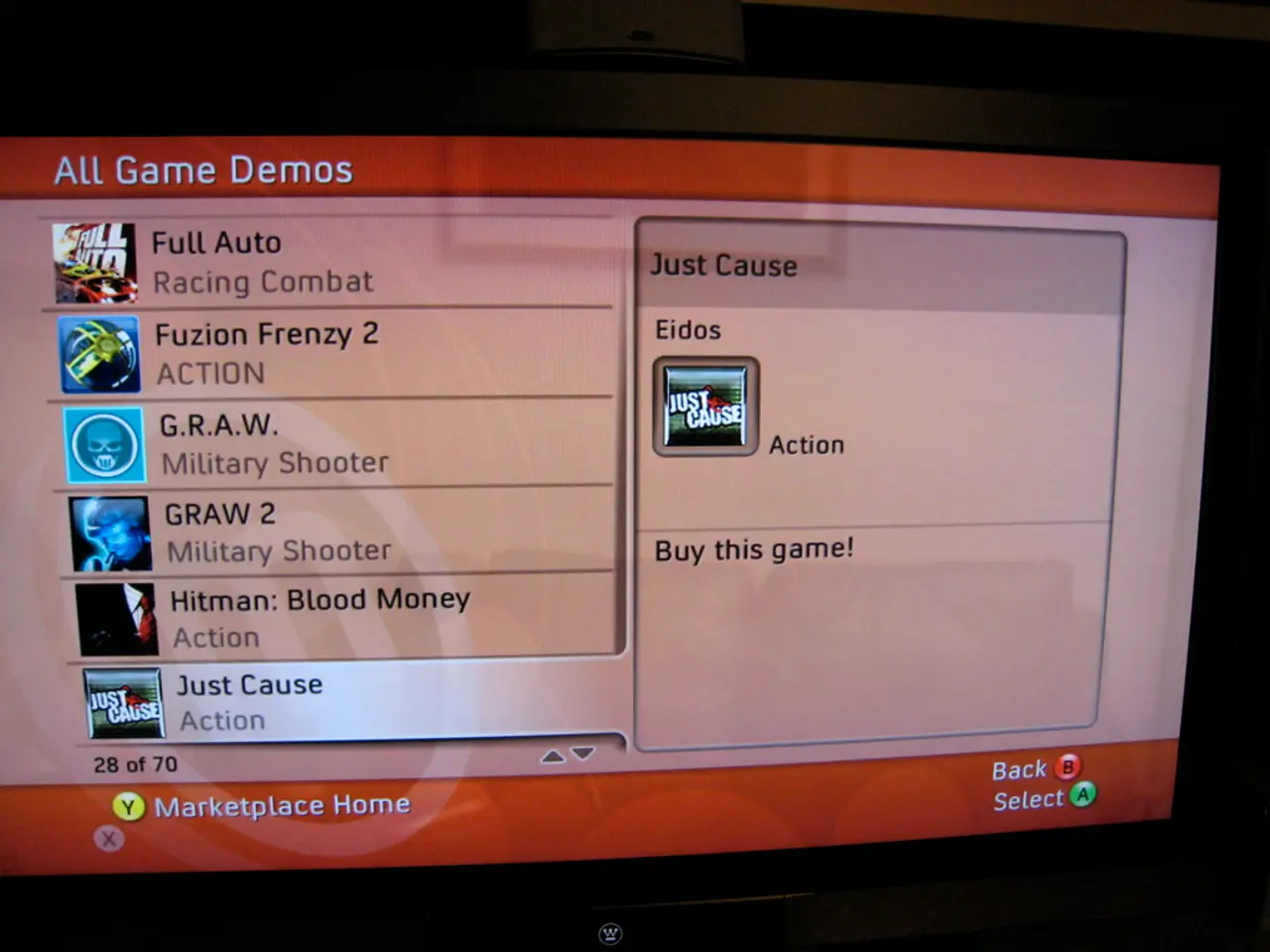The Boom in the Popularity of Pixel Art Games
Pixel art games continue to captivate players and developers alike, not only because of nostalgia but also due to their unique charm, artistic flexibility, and timeless aesthetic appeal.
Beyond the pull of nostalgia, pixel art games offer a distinctive style that stimulates the imagination, providing memorable visuals and gameplay mechanics that are easier to comprehend compared to overly complex 3D graphics. This simplicity enables indie developers to create rich worlds and narratives without requiring vast resources, promoting creativity and experimentation.
One of the key factors contributing to the enduring popularity of pixel art games is their accessibility. The clarity and stylization of pixel art can support customization and game mechanics, such as character upgrades and unlockable features, that enhance player engagement. The resurgence of pixel art also connects with cultural trends valuing retro aesthetics and handmade digital artistry, often perceived as more personal or authentic than photorealistic visuals.
The simplicity of synthesized 8-bit and 16-bit music, resulting in the characteristic "blip blop" chiptunes sounds, further adds to the appeal of pixel art games. The effectiveness of game music is proportional to how well it fits the game, and chiptunes have strong ties with pixel art that make them easily fit together.
Pixel art games are known for their action platforming and RPG game design solutions that influence the gameplay and create a memorable atmosphere. Some modern pixel art games use hybrid 8-bit/16-bit soundtracks, combining the old-school chiptune sound with realistic/modern sounds.
The limitations of early video game soundtracks forced composers to adopt certain composing styles, such as a preference for catchy melodies. This tradition continues in modern pixel art games, adding to their enduring appeal.
The journey of creating a pixel art game is a testament to the enduring appeal of pixel art, blending tradition with innovation to capture the imagination of a new generation. Pixel art games require players to use their imagination to fill in gaps, making the gaming experience unique and enjoyable.
Pixel art aesthetic was initially a necessity due to hardware limitations in the 70s, 80s, and 90s. However, it has since evolved into an artistic choice in its own right, rather than just a nostalgic trip. The more games achieve hyper-realistic visuals, the more refreshing and valuable pixel art becomes.
Modern pixel art games often use larger screen resolutions and the 16:9 widescreen format, a concept known as Hi-Bit. Reaching the sweet spot that allows the player to interpret what he's seeing while not giving it all away can be a real challenge in pixel art game design.
Pixel art games age better than games trying to look "new," as the retro aesthetic holds up better because it's not trying to look new. This is evident in the success of games like Cave Story, which became an unexpected success in the 2000s, starting a Pixel Art Renaissance.
In conclusion, pixel art’s continued popularity stems from a blend of artistic charm, development accessibility, gameplay clarity, and cultural resonance that transcends simple nostalgia. Pixel art games keep booming up, and artists and musicians keep pushing the boundaries of what it can do, keeping the aesthetic fresh and attractive regardless of how much nostalgia it carries with it.
Smartphones, equipped with high-end technology, are often used as portable platforms for playing pixel art games, providing an accessible means for gamers to immerse themselves in these digitally stylized worlds, even on the go.
The revival of pixel art games is not merely a throwback to the past; it also showcases the ongoing innovation and creativity in the field of technology, as developers continue to push the boundaries of this classic gaming aesthetic with modern developments such as Hi-Bit and hybrid soundtracks.







